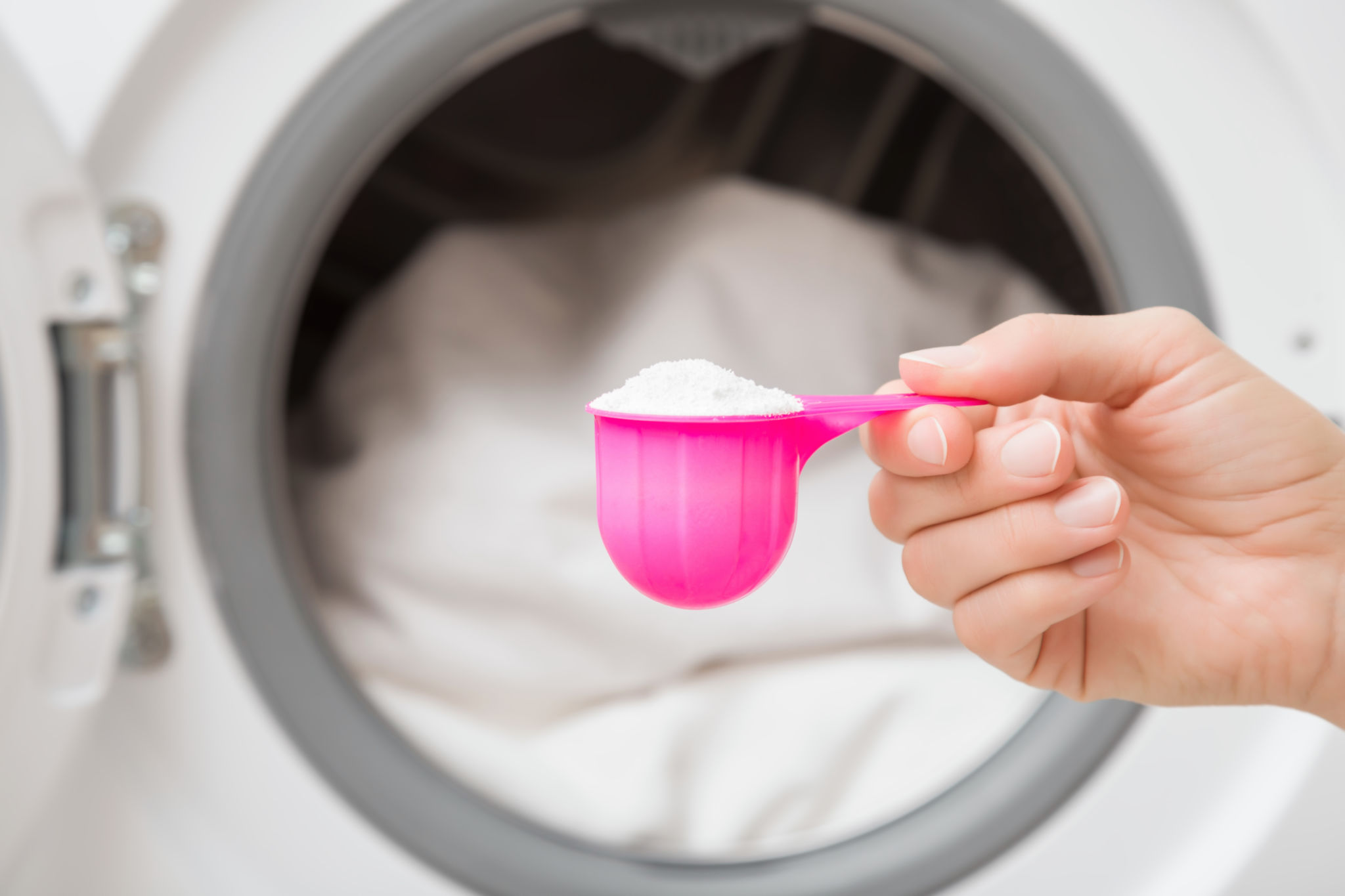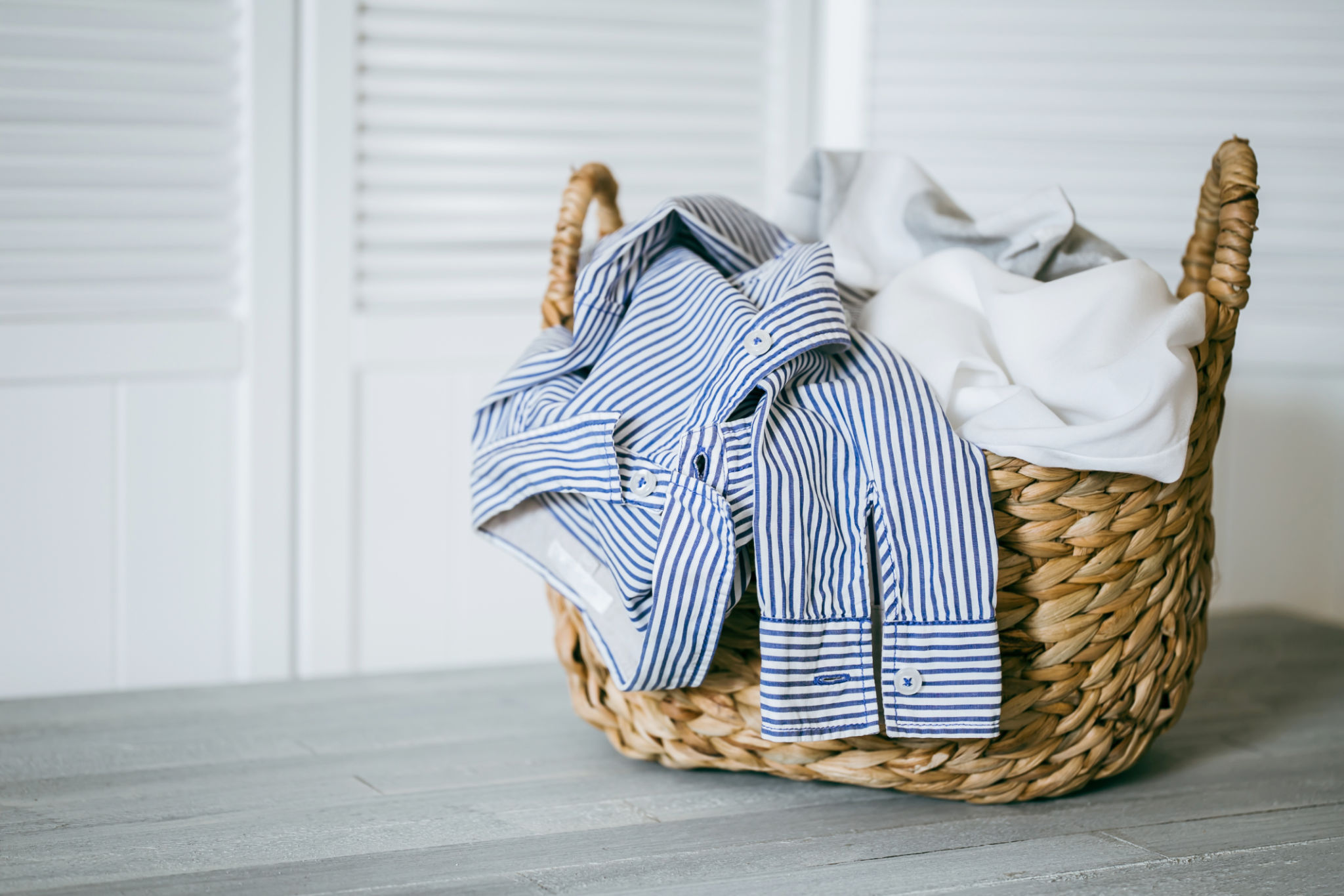Debunking Common Laundry Myths: What Every Laundromat User Should Know
Understanding Laundry Detergent: Less is More
One of the most common laundry myths is that using more detergent results in cleaner clothes. This is simply not true. In fact, using too much detergent can leave residues on your fabrics, leading to a buildup of dirt and grime. Most modern washing machines are designed to work efficiently with minimal detergent. It's important to follow the manufacturer's instructions and not exceed the recommended amount.
Furthermore, excess detergent can cause issues with your washing machine. Over time, it can contribute to mold growth and unpleasant odors. To ensure your clothes come out fresh and your machine stays in top condition, stick to the suggested dosage.

Cold Water vs. Hot Water: The Temperature Debate
Another myth that persists is the belief that hot water is necessary to kill germs and remove stains effectively. While hot water can be beneficial for sanitizing, it is not always necessary for everyday laundry. In fact, cold water can be just as effective in cleaning your clothes while being gentler on fabrics and helping to preserve their colors.
Using cold water saves energy and reduces your utility bills. For most loads, especially those consisting of dark or bright colors, cold water is an excellent choice. However, for heavily soiled items or when dealing with specific stains, you may opt for a warm or hot cycle.

The Truth About Fabric Softeners
Fabric softeners are often thought to enhance the softness of clothes and reduce static cling. While they can provide these benefits, they are not suitable for all types of fabrics. Specifically, athletic wear and towels can lose their absorbency when treated with fabric softeners.
Instead of using fabric softeners, consider alternatives like dryer balls or vinegar in the rinse cycle for a natural way to soften clothes. These alternatives help maintain the integrity of your fabrics without compromising their function.

Sorting Laundry: Necessary or Not?
Sorting laundry might seem like an outdated practice, but it still holds value today. Mixing different fabrics and colors can lead to dye bleeding and fabric damage. To keep your clothes looking their best, take a few extra minutes to sort them by color and fabric type.
Dark colors should be washed separately from whites and lighter hues to prevent color transfer. Additionally, delicate fabrics should be washed using a gentle cycle to avoid wear and tear.
Overloading the Machine: A Cautionary Tale
Many people believe that filling the washing machine to its brim will save time and energy. However, overloading can hinder the cleaning process. When a machine is too full, clothes don't circulate properly, leading to uneven washing and potential damage to both the clothes and the machine.

For optimal results, follow your machine's capacity guidelines. Allowing enough space for clothes to move ensures they are thoroughly cleaned and rinsed.
The Power of Pre-Treating Stains
A common misconception is that once a stain sets in, it becomes impossible to remove. However, pre-treating a stain promptly can significantly improve your chances of removing it entirely. Applying a stain remover or gentle soap directly to the affected area before washing can break down stubborn spots more effectively.
Remember, acting quickly is key to preventing permanent stains. The sooner you address a spill or spot, the better your chances of eradicating it.
